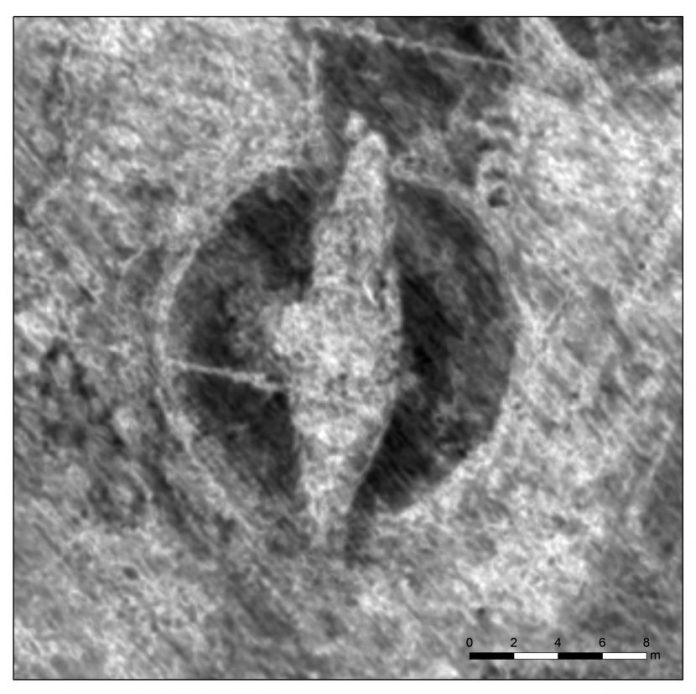Archaeologists in Norway have identified a previously unknown ritual centre, including a feast hall, cult house, and ship burial.
The research and the Gjellestad Ship find itself is a colaboration between The Norwegian Insitute for Cultural Heritage Research (NIKU), Viken fylkeskommune and Ludwig Boltzmann Institute for Archaeological Prospection and Virtual Archaeology (LBI ArchPro).
Gjellestad, Norway, is home to the Jell Mound, one of the largest Iron Age funerary mounds in all of Scandinavia.
However, new research suggests that this is just scratching the surface—the site may also feature a previously unknown Viking ship burial, cult site, and feast hall.
The discovery, published in the journal Antiquity, was made without digging up the site. Instead, ground-penetrating radar (GPR) was used to map features below the surface.
This survey began in 2017 to determine if construction plans would put any archaeology near the Jell Mound at risk. Historical records indicate three other funeral mounds at the site were demolished in the 19th century, suggesting there is more to the site than meets the eye.
However, it turns out that even the three demolished mounds are just the tip of the iceberg. The GPR showed 13 burial mounds once existed at Gjellestad, some over 30 metres wide.
One of these mounds features an anomaly in the GPR data that likely represents a buried ship. Such ship burials were likely reserved for powerful Viking individuals.
Additionally, the researchers found a farmhouse in the GPR data.
They also spotted a large building, likely a feast hall, and another hall that does not appear intended for habitation. Instead, it may be a cult house or other religious structure.
“The site seems to have belonged to the very top echelon of the Iron Age elite of the area, and would have been a focal point for the exertion of political and social control of the region,” said Lars Gustavsen, lead author of the research, from the Norwegian Institute for Cultural Heritage Research.
The range of structures and burials at the site suggests it has a long history of use. Whilst the Jell Mound could date to the 5th century AD, the ship burial appears to be part of a Viking tradition common several centuries later.
“We suggest that the site has its origins in an ordinary mound cemetery, which was later transformed into a high-status cemetery represented by monumental burial mounds, hall buildings and a ship burial,” the researchers wrote.
As such, this site may span a key period of Scandanavian history, from the political turmoil following the collapse of the Western Roman Empire to the rise of the Vikings.
“It forms a stepping stone for further research into the development and character of social, political, religious, and economic structures in this tumultuous period,” said Mr Gustavsen.
Test excavations have been conducted and a full excavation of the ship burial is underway. This is the first time a Viking ship burial has been excavated in almost 100 years, offering a chance to do it with modern scientific techniques.








